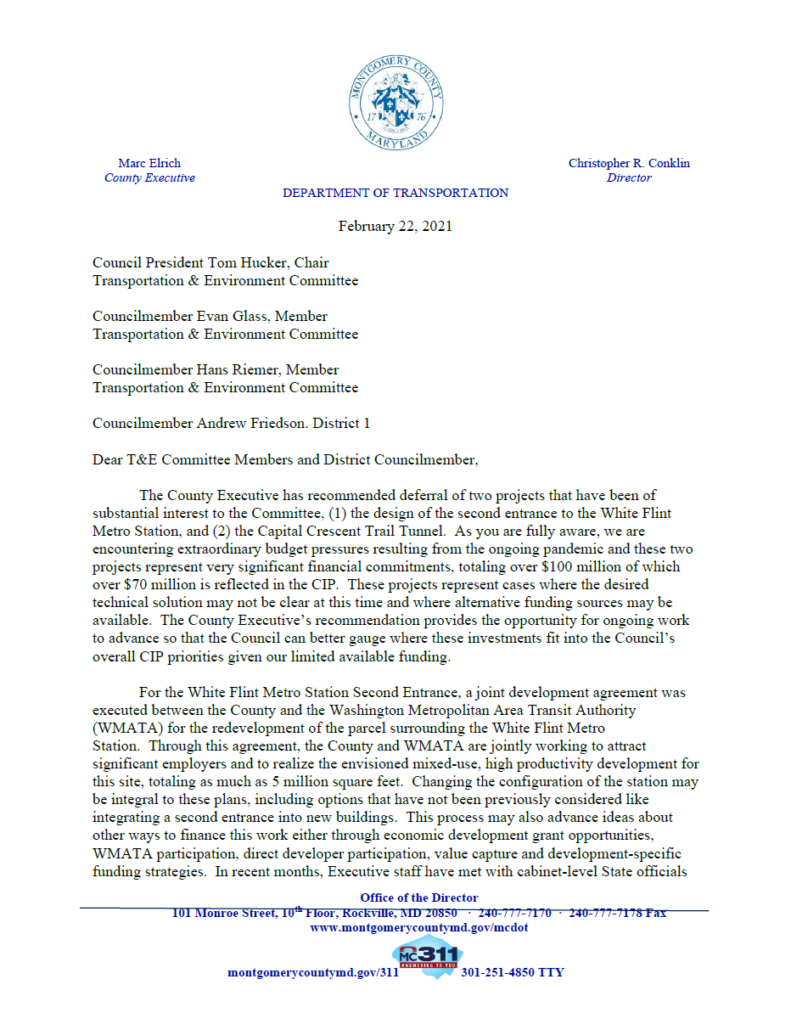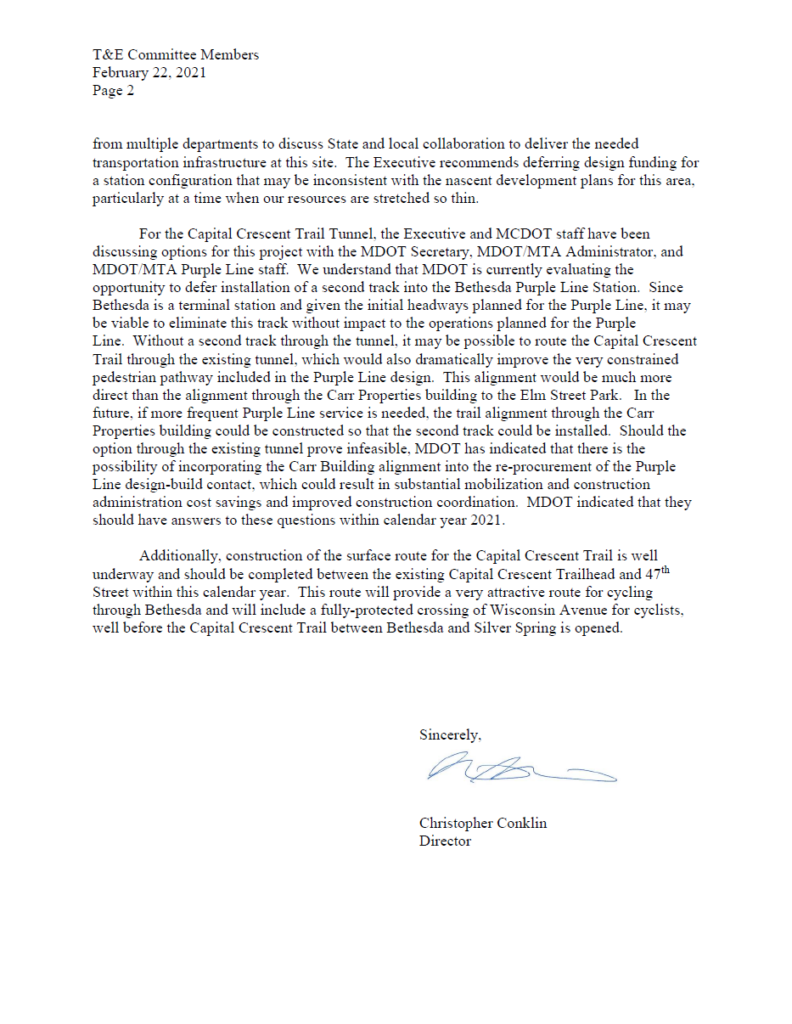By Adam Pagnucco.
SEIU Local 32BJ, which represents building service workers, and the Apartment and Office Building Association (AOBA), which represents owners and landlords, are often at odds. The union advocates for wage and benefit standards for its members and non-members alike while AOBA often pushes back on such measures over cost. But this time, the two combatants have joined forces to advocate for the workforce both depend on.
The union and the association have issued an unusual joint press release demanding that Maryland, D.C. and Virginia prioritize building service employees for vaccinations. They write: “Not only are frontline cleaners, building managers, engineers, maintenance and security personnel critical to keeping us safe and controlling the spread of COVID-19, but they are also getting sick and dying at vastly higher rates as a result. Because social distancing is often impossible for these at-risk workers who are servicing the properties, commercial and apartment tenants, university students, staff, and the public at airports, they are at a higher risk of contracting COVID.”
We love unholy alliances here at Seventh State! Their entire press release is reprinted below.
*****
FOR MORE INFORMATION: Julie Karant: jkarant@seiu32bj.org
32BJ SEIU and the Apartment and Office Building Association (AOBA) Urge Prioritization of At-Risk Frontline Property Services Workers for Vaccines to Expedite Region’s Reopening
“We applaud D.C. Mayor Muriel Bowser for leading the region by making at-risk frontline property service workers eligible for COVID vaccines a top priority, as this is an important first step to vaccinating all. Virginia Governor Ralph Northam should also be commended for allowing employers to register eligible employees for vaccines. We urge Maryland state officials to follow their responsible lead, and for the three jurisdictions to begin expediting access to vaccines for all frontline property service workers – the quicker that happens, the quicker our region can recover and reopen.
Not only are frontline cleaners, building managers, engineers, maintenance and security personnel critical to keeping us safe and controlling the spread of COVID-19, but they are also getting sick and dying at vastly higher rates as a result. Because social distancing is often impossible for these at-risk workers who are servicing the properties, commercial and apartment tenants, university students, staff, and the public at airports, they are at a higher risk of contracting COVID.
Just as the emptying of offices triggered a downward spiral for surrounding businesses, eateries and our economy, reversing that damage and spurring recovery requires getting people to come back. Yet, this process won’t begin until people are safe, and their safety is contingent on making frontline property service workers eligible for vaccination immediately. The case couldn’t be clearer or the need more urgent. We call upon the District of Columbia, Maryland and Virginia to prioritize vaccinating all of our frontline property service workers – a critical step to our region’s recovery and reopening.”
AOBA members are owners or managers of commercial and multifamily residential properties, as well as companies that provide products and services to the real estate industry. Currently, the combined portfolio of AOBA’s membership is approximately 185 million square feet of commercial office space and more than 350,000 residential units in the District of Columbia, Maryland, and Virginia.
With more than 175,000 members in 11 states, including over 20,000 in the D.C. Area and Baltimore, MD, 32BJ SEIU is the largest property service workers union in the country.


